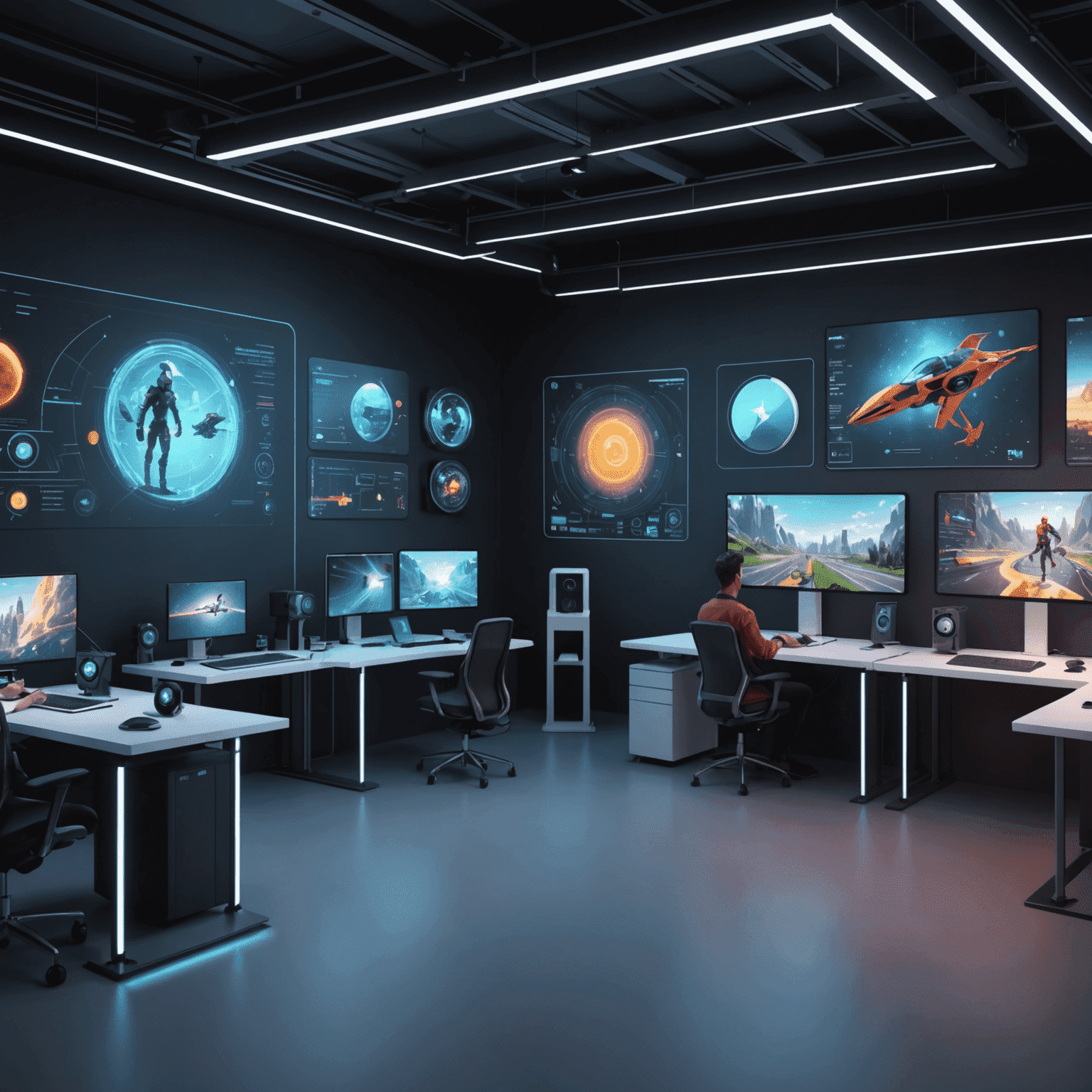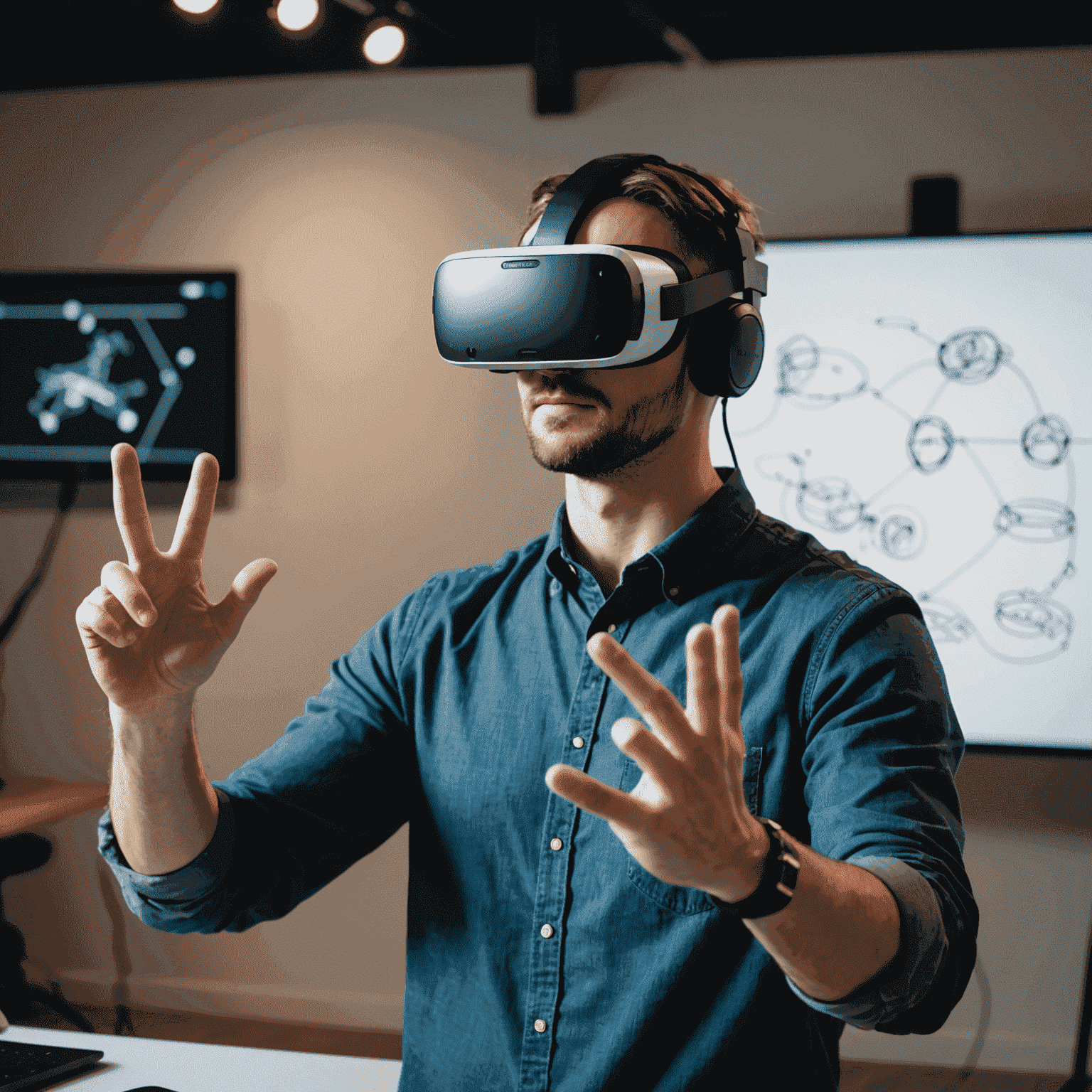The Future of 2D Animation in America

As we delve into the exciting realm of 2D animation in the United States, we're witnessing a renaissance powered by cutting-edge technology and innovative storytelling techniques. Let's explore the trends and technologies shaping the future of this dynamic art form.
1. AI-Assisted Animation
Artificial Intelligence is revolutionizing the animation workflow. Tools like FlipAClip are evolving to incorporate AI, assisting animators in creating smoother in-betweens and predicting movement patterns. This technology is not replacing artists but enhancing their capabilities, allowing for more complex animations in shorter timeframes.
2. Real-Time Collaboration Platforms
The future of 2D animation lies in cloud-based, real-time collaboration tools. These platforms will allow teams to work seamlessly across different time zones, with instant updates and version control. Imagine a FlipAClip-like interface where multiple animators can work on the same project simultaneously, revolutionizing the production pipeline.
3. Virtual Reality Animation Tools
VR is not just for 3D animation. We're seeing the development of VR tools for 2D animation, allowing artists to draw and animate in a three-dimensional space. This immersive approach is opening new possibilities for creative expression and efficiency in the 2D realm.

4. Hybrid 2D-3D Techniques
The line between 2D and 3D animation is blurring. We're seeing more productions that combine the charm of 2D aesthetics with the depth and movement possibilities of 3D. This hybrid approach is creating visually stunning results that maintain the nostalgic appeal of 2D while pushing the boundaries of what's possible.
5. Sustainable Animation Practices
As environmental concerns grow, the animation industry is moving towards more sustainable practices. This includes the development of energy-efficient rendering farms, eco-friendly merchandise production, and remote work setups that reduce carbon footprints. The future of 2D animation in America will be as green as it is creative.
6. Democratization of Animation
Tools like FlipAClip are at the forefront of making animation accessible to everyone. As these applications become more sophisticated yet user-friendly, we'll see a surge in independent animators and small studios producing high-quality content. This democratization will lead to more diverse stories and art styles in the American animation landscape.
Conclusion
The future of 2D animation in America is bright, innovative, and full of possibilities. As technology advances and creative boundaries expand, we can expect to see a new golden age of animation that honors traditional techniques while embracing cutting-edge tools and methodologies. Whether you're an aspiring animator or a seasoned professional, the coming years promise exciting developments in this ever-evolving art form.